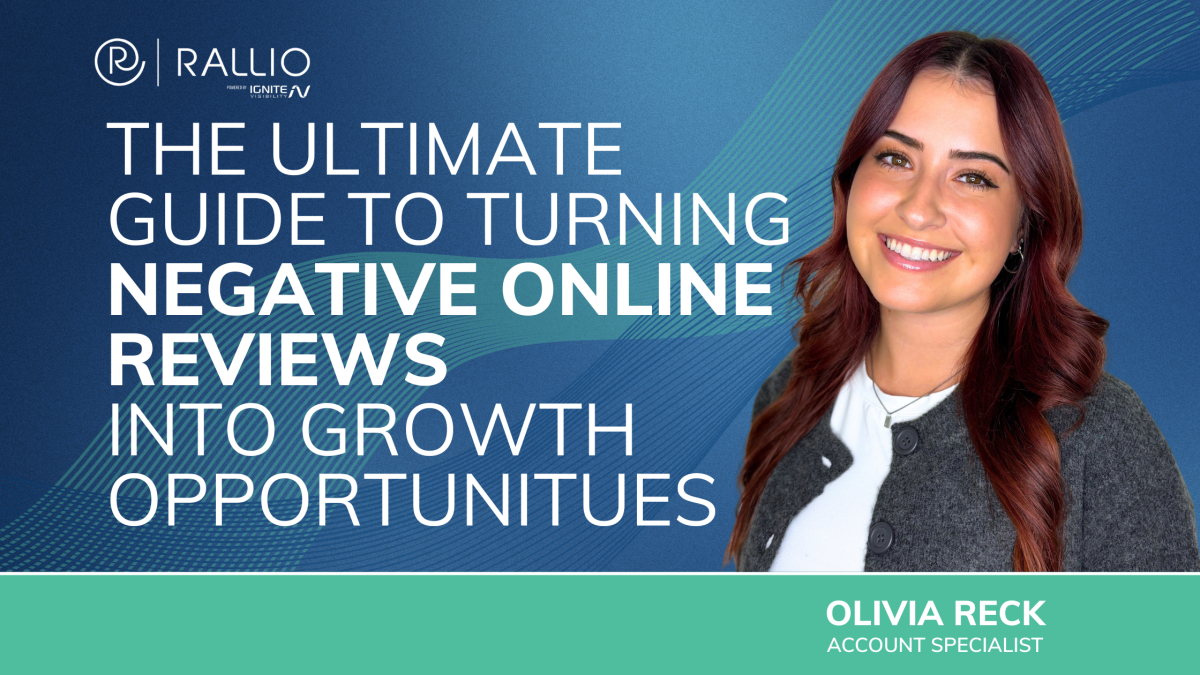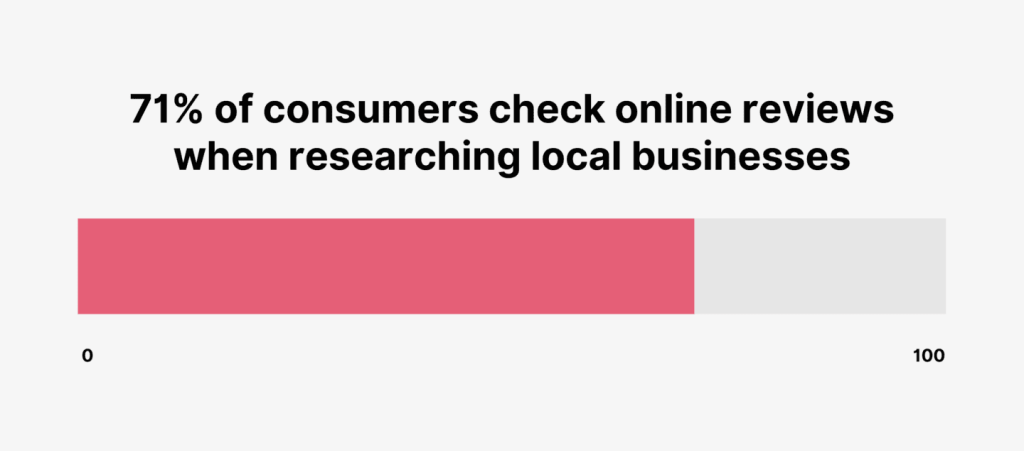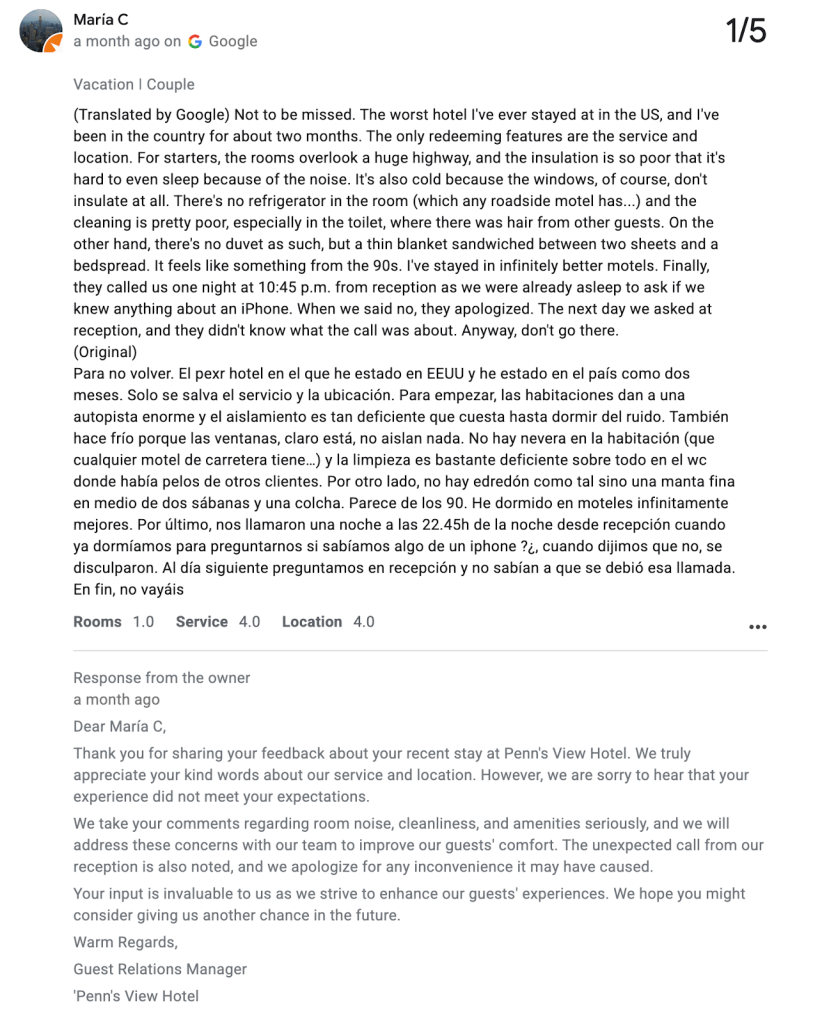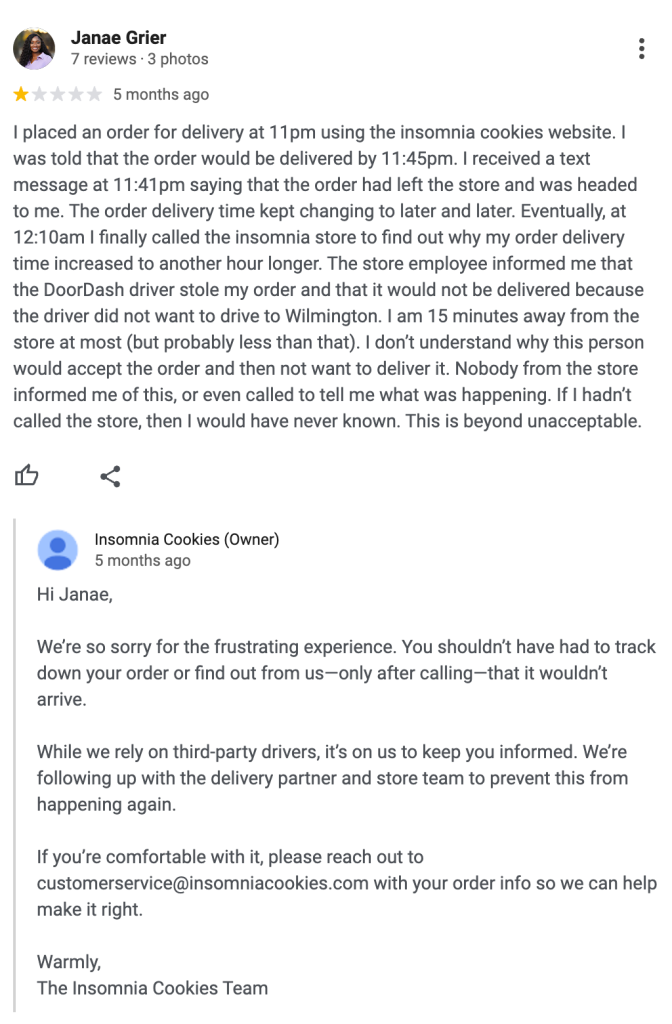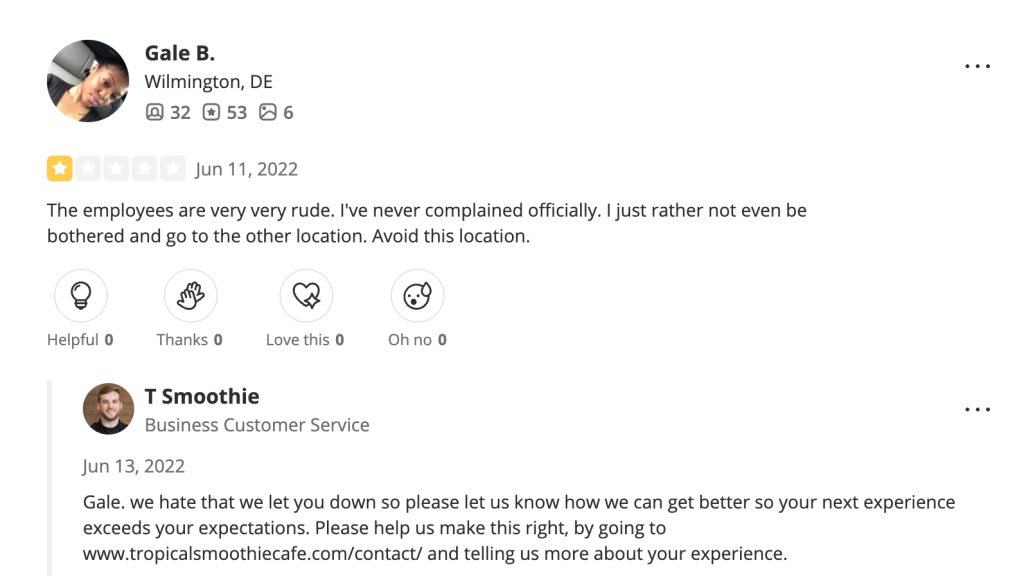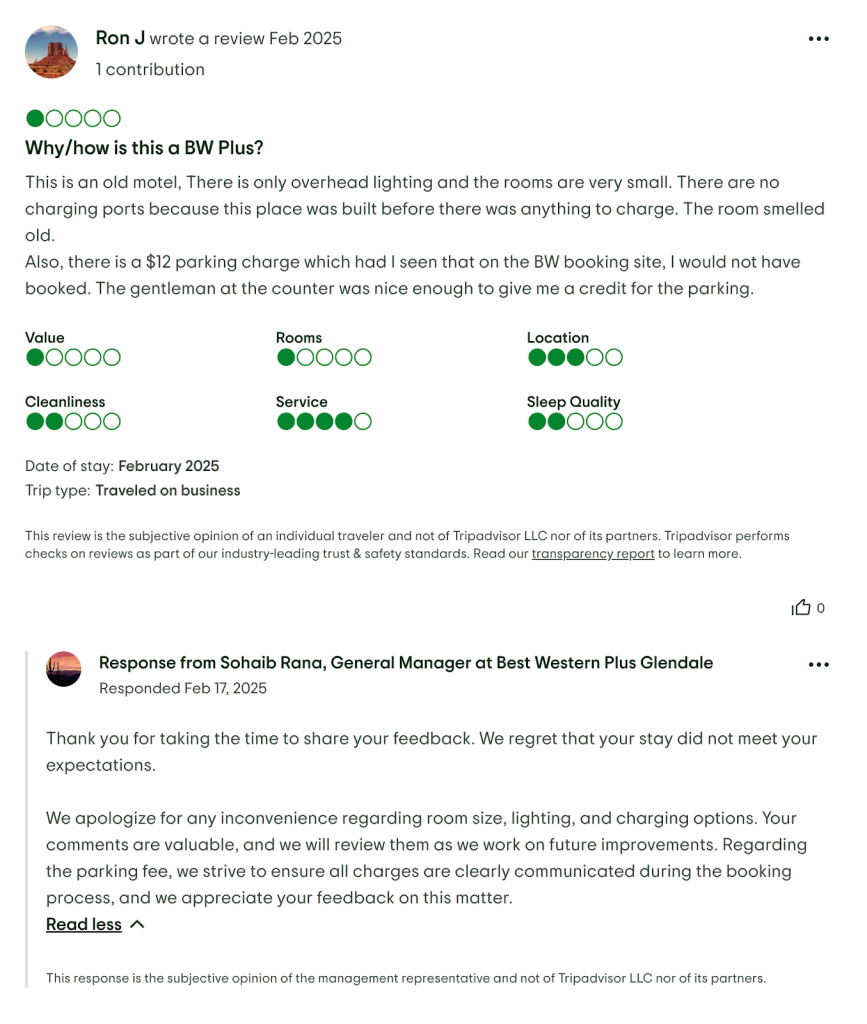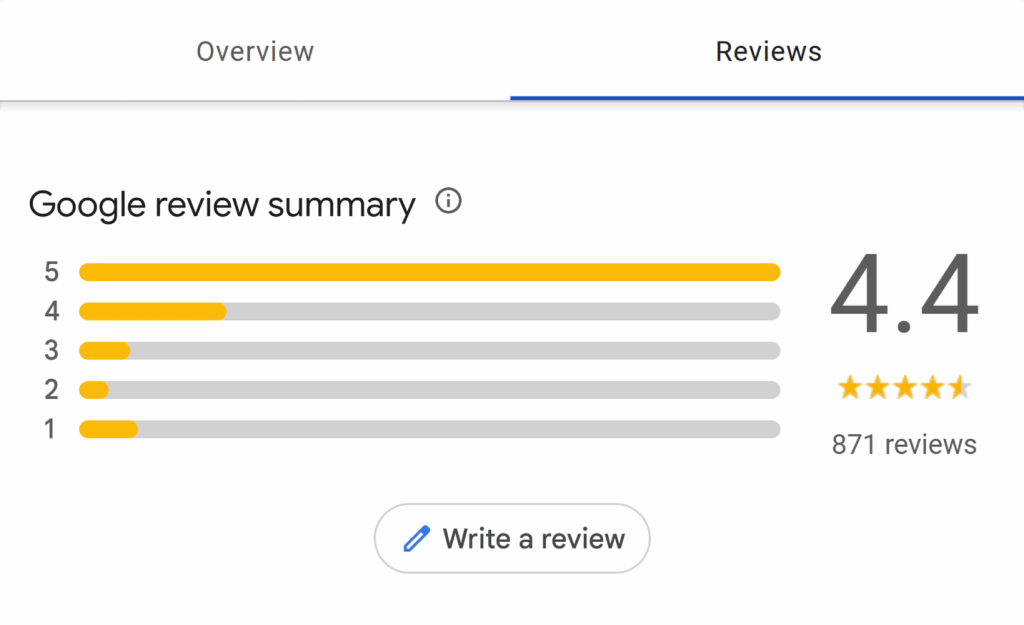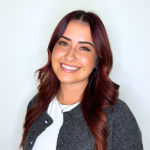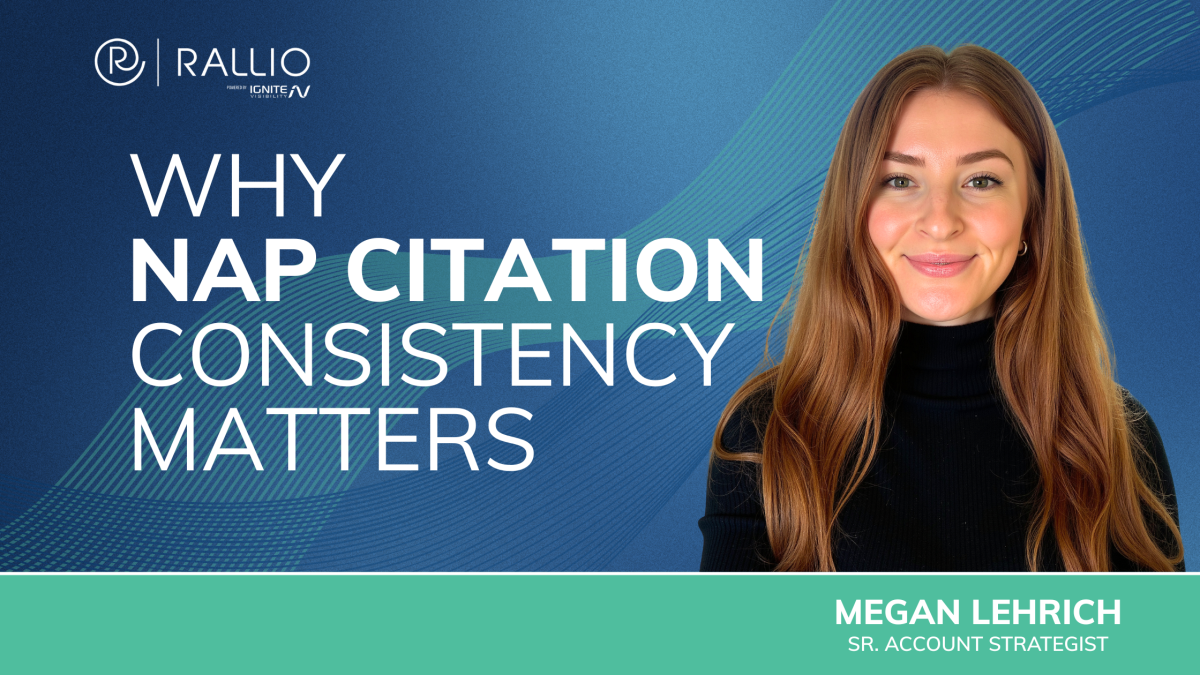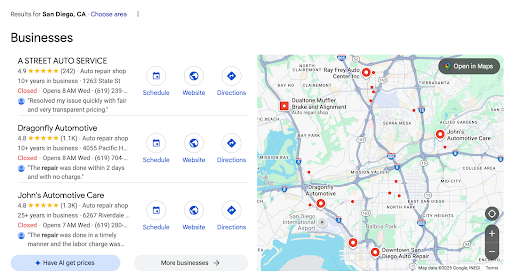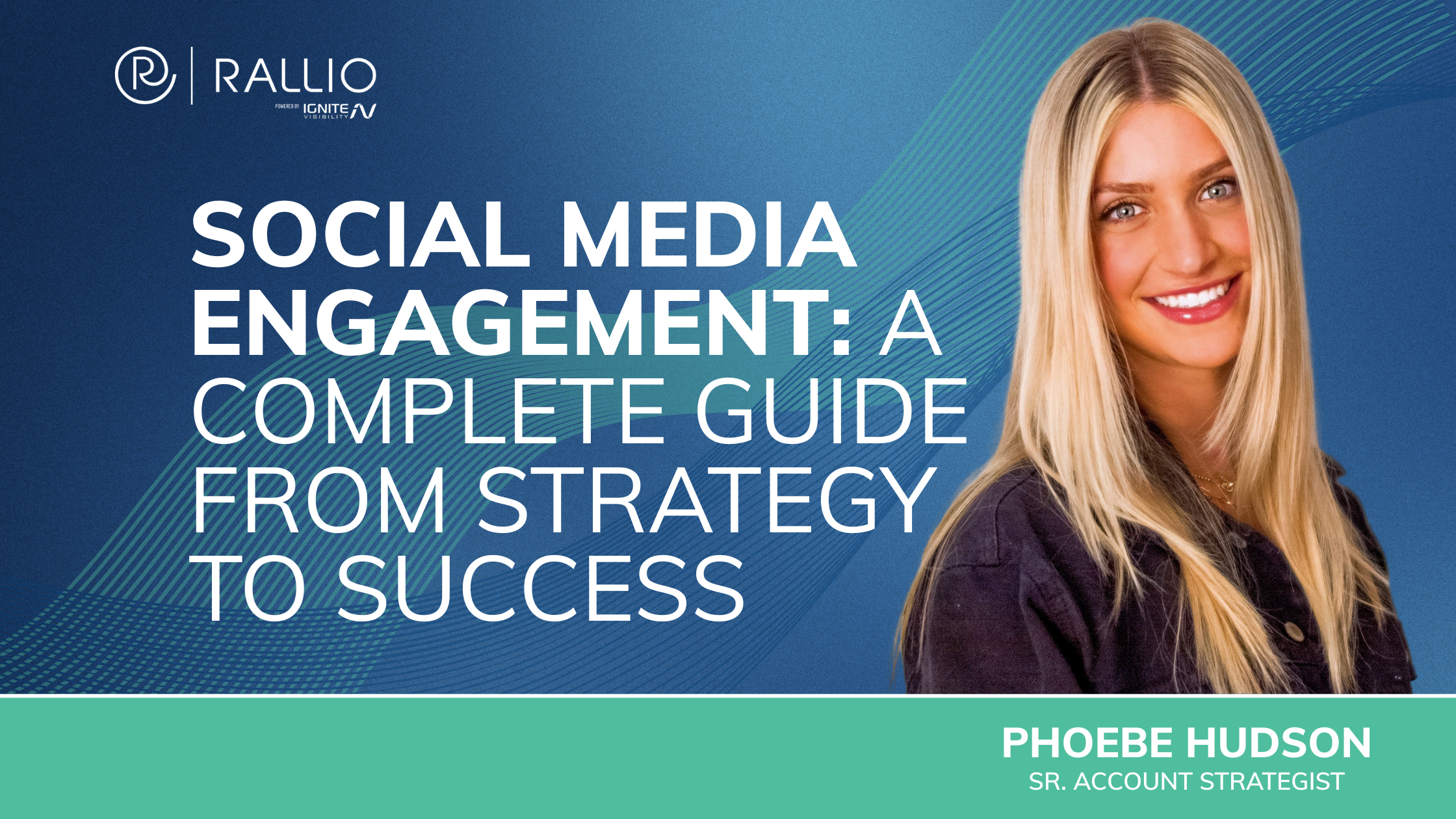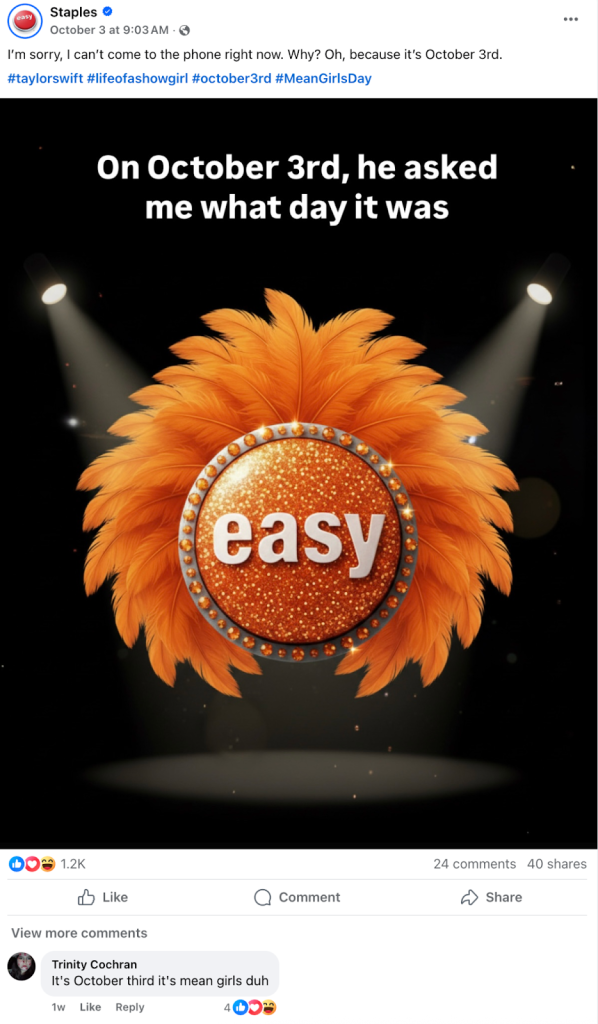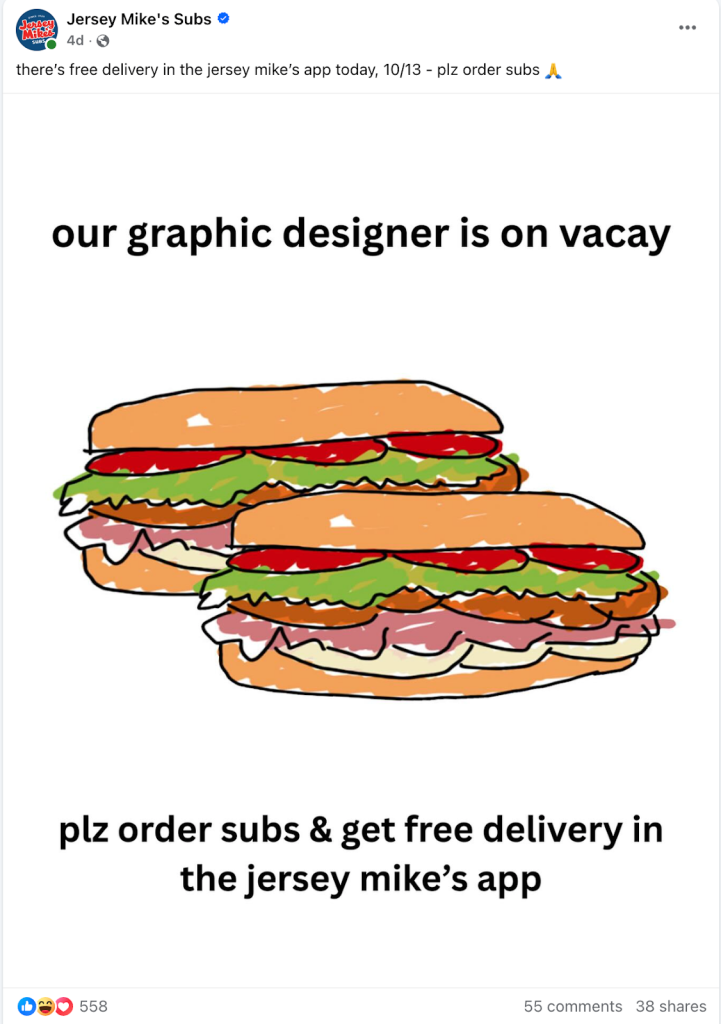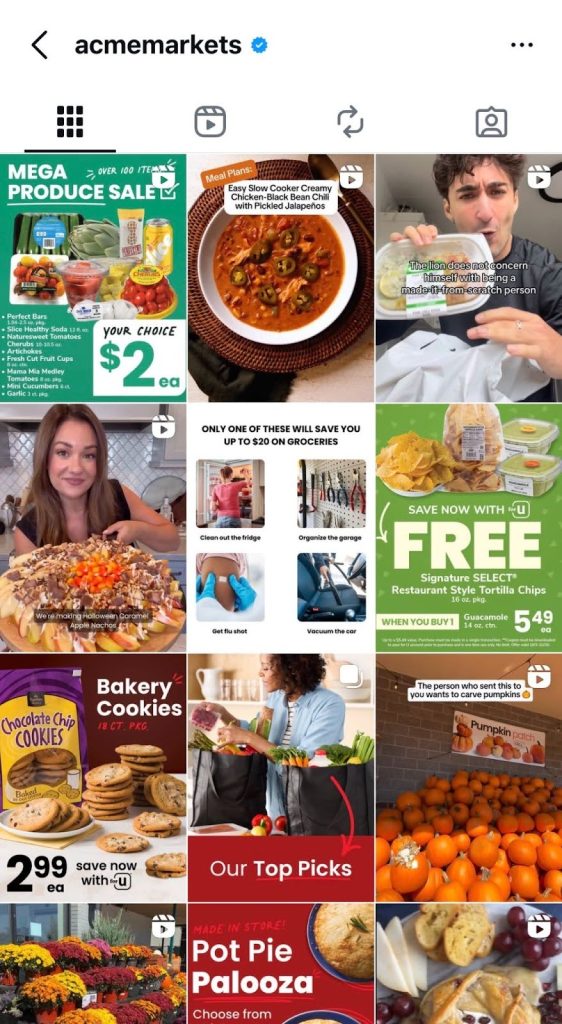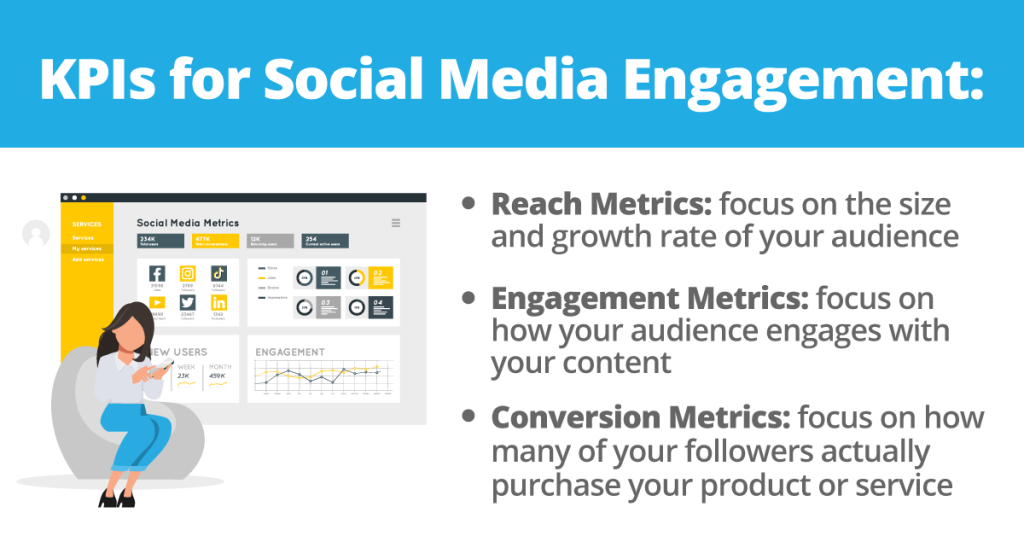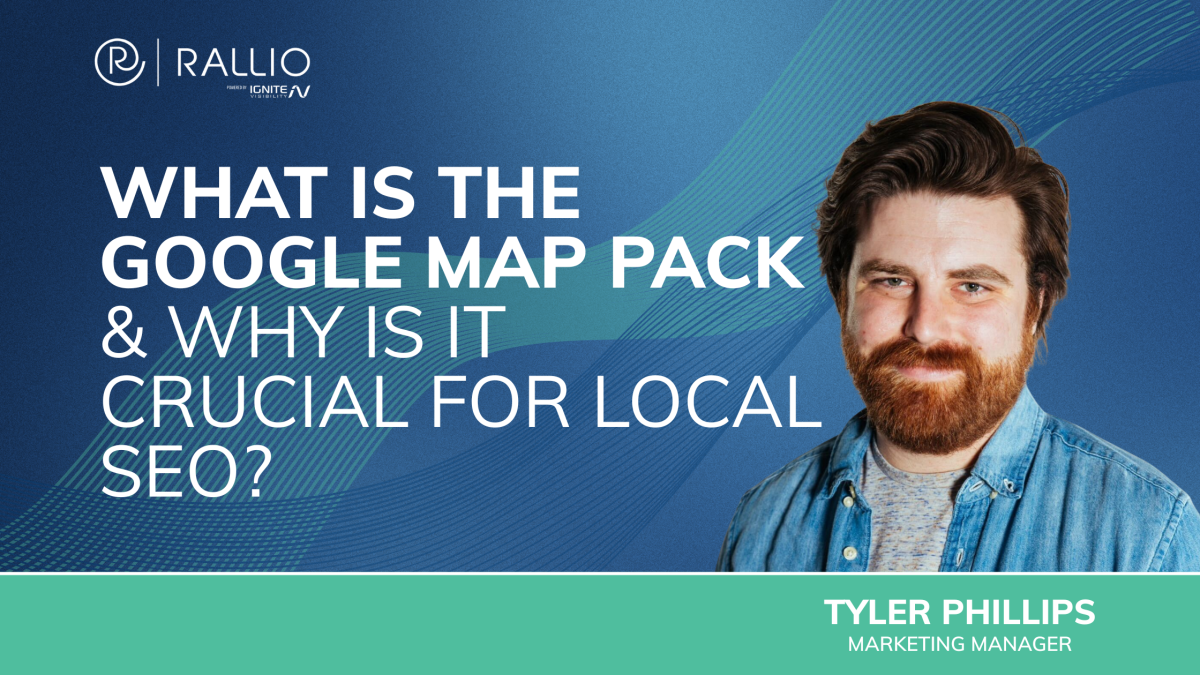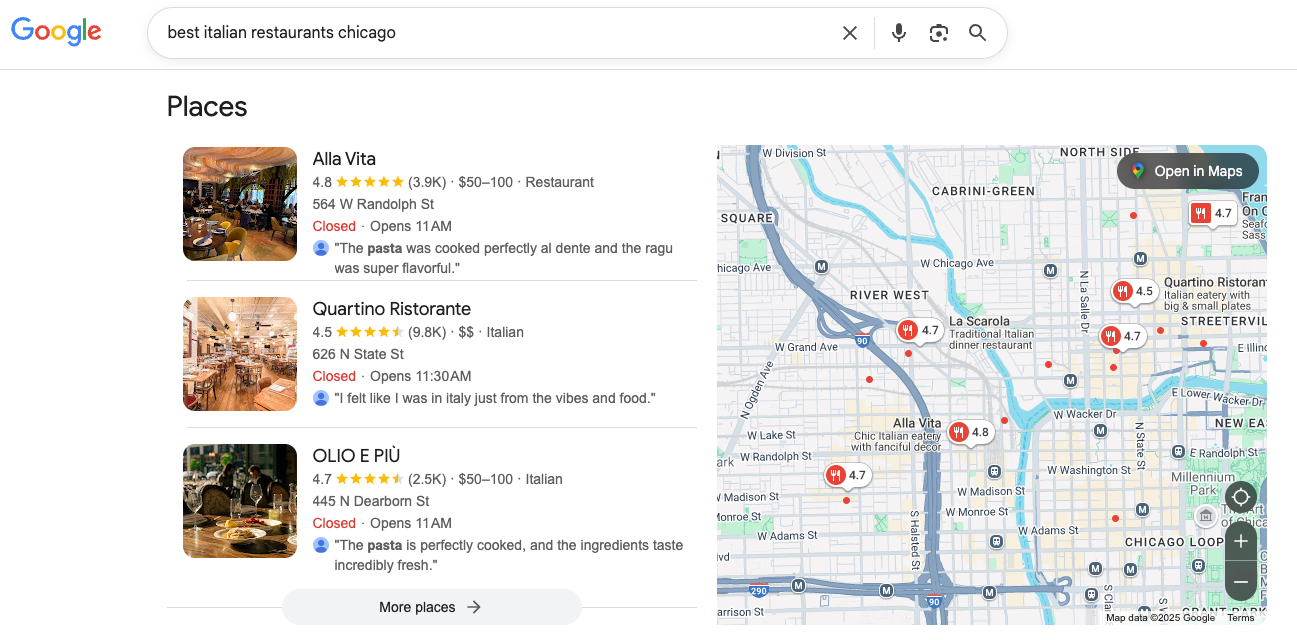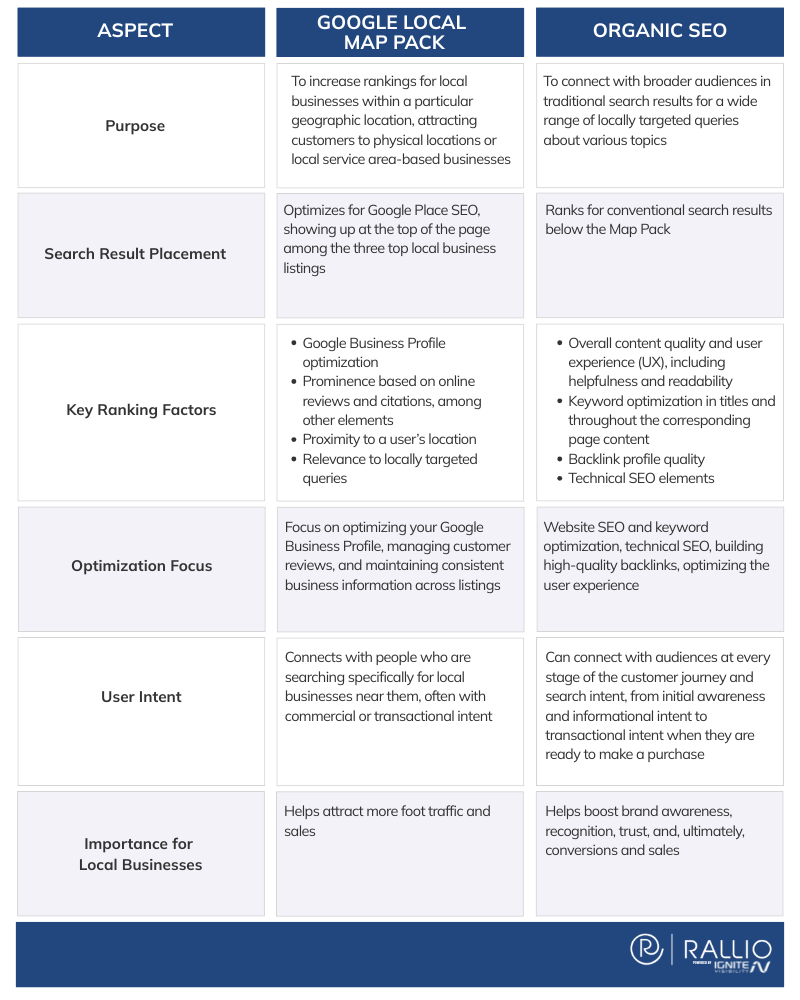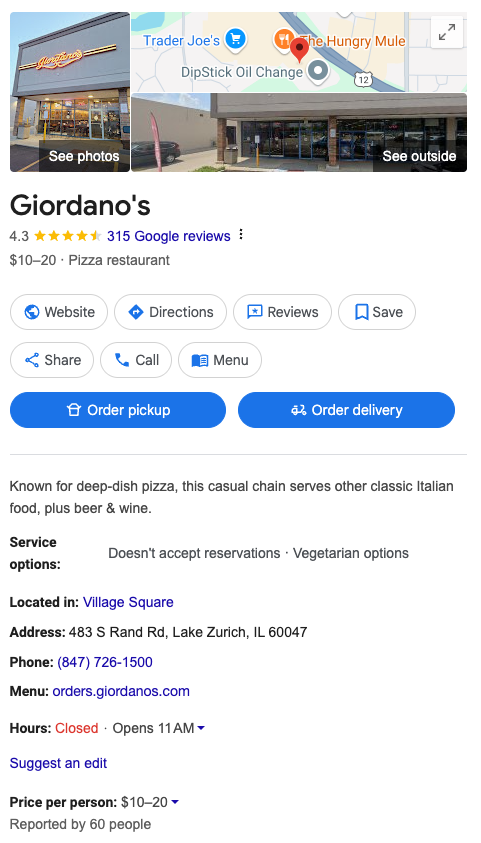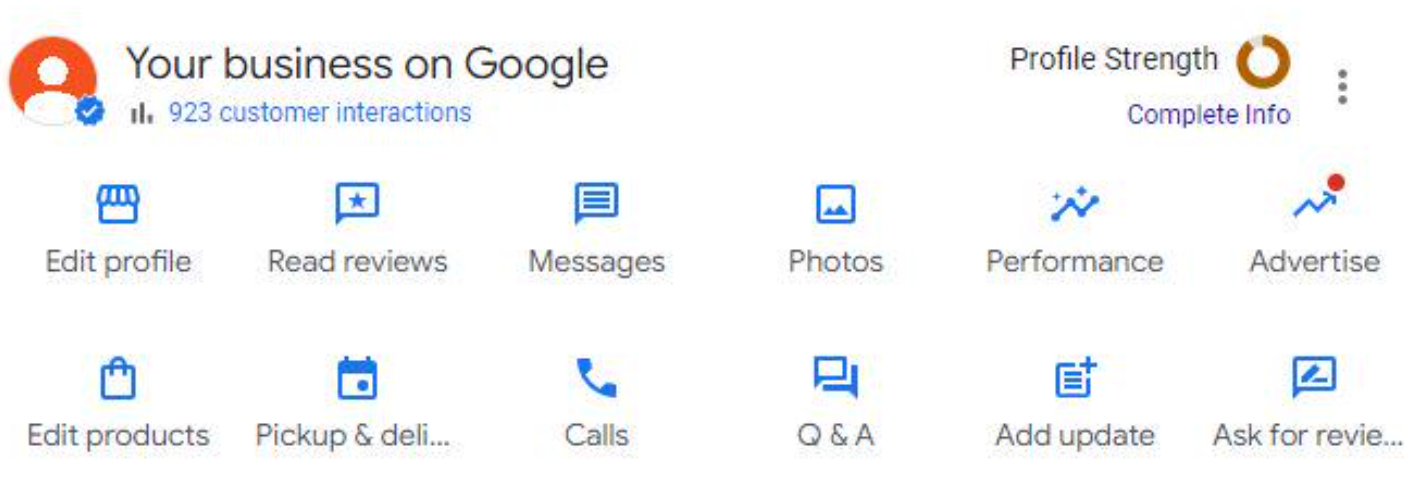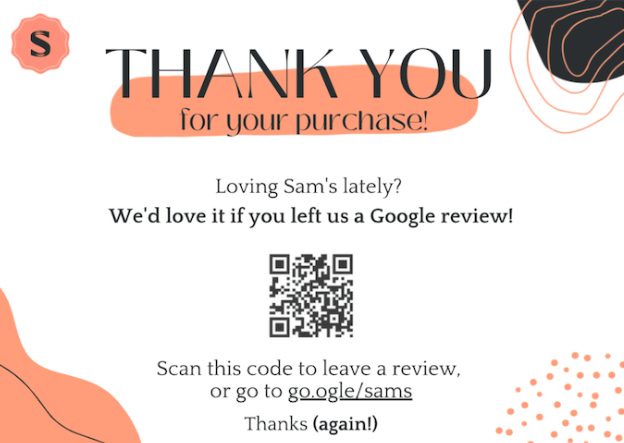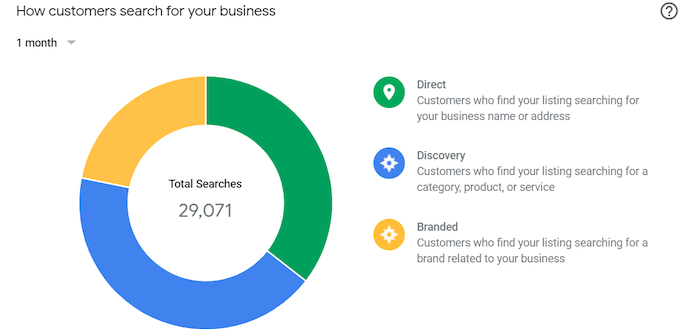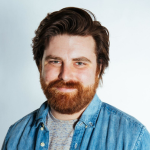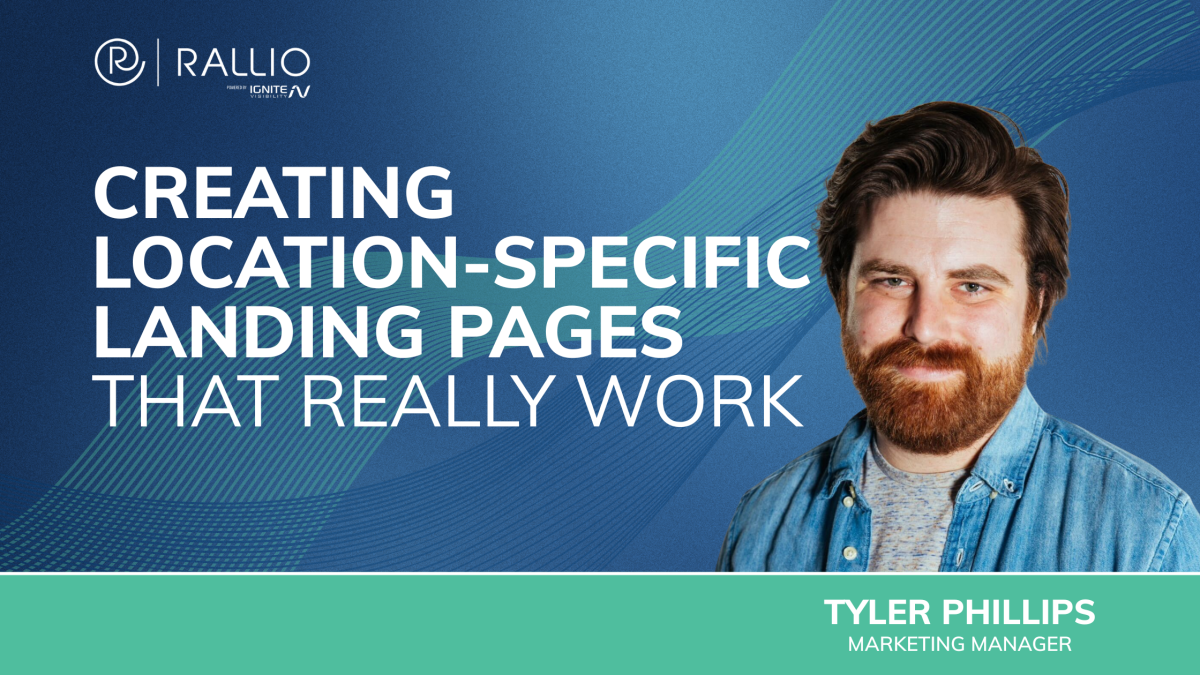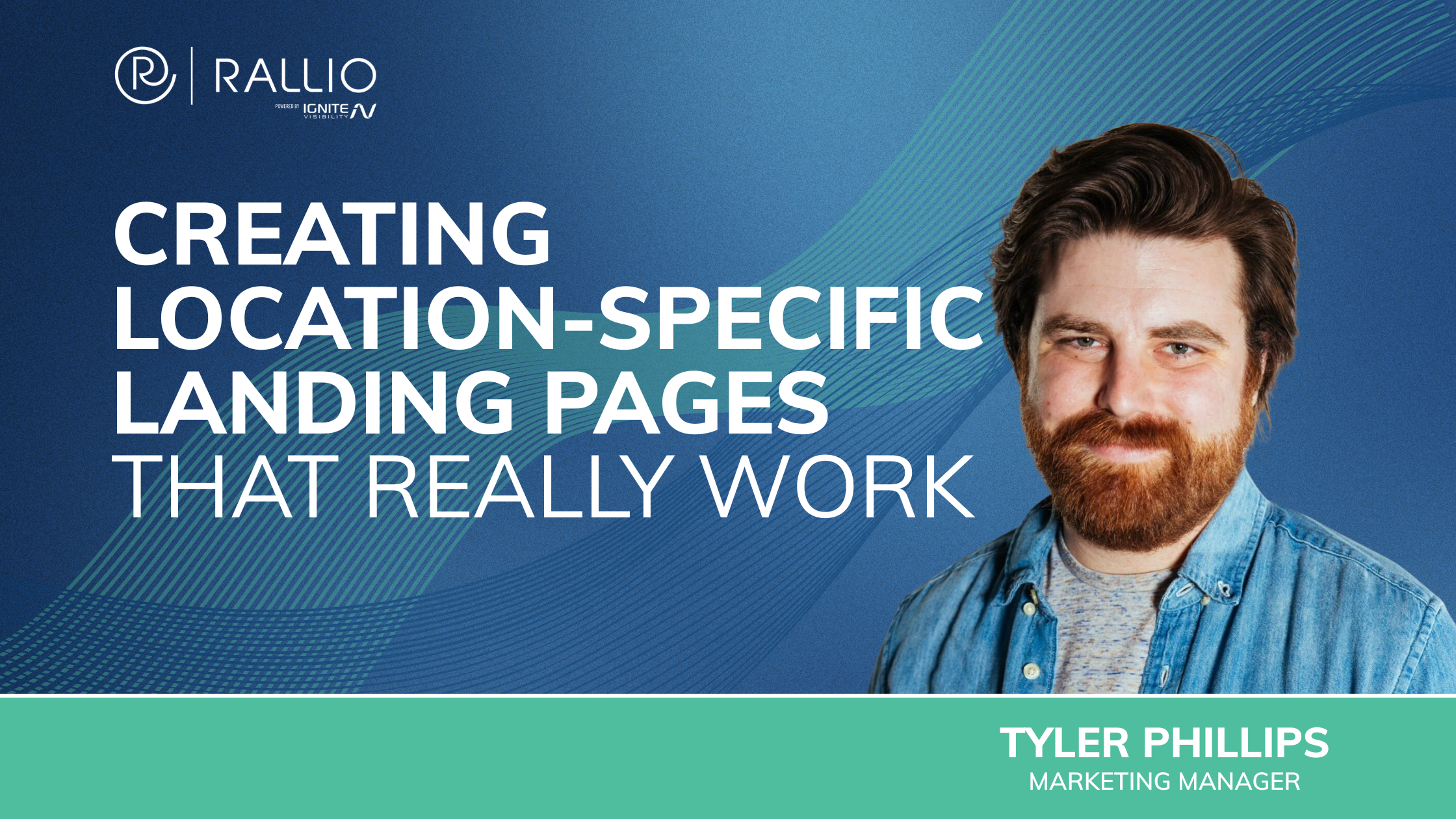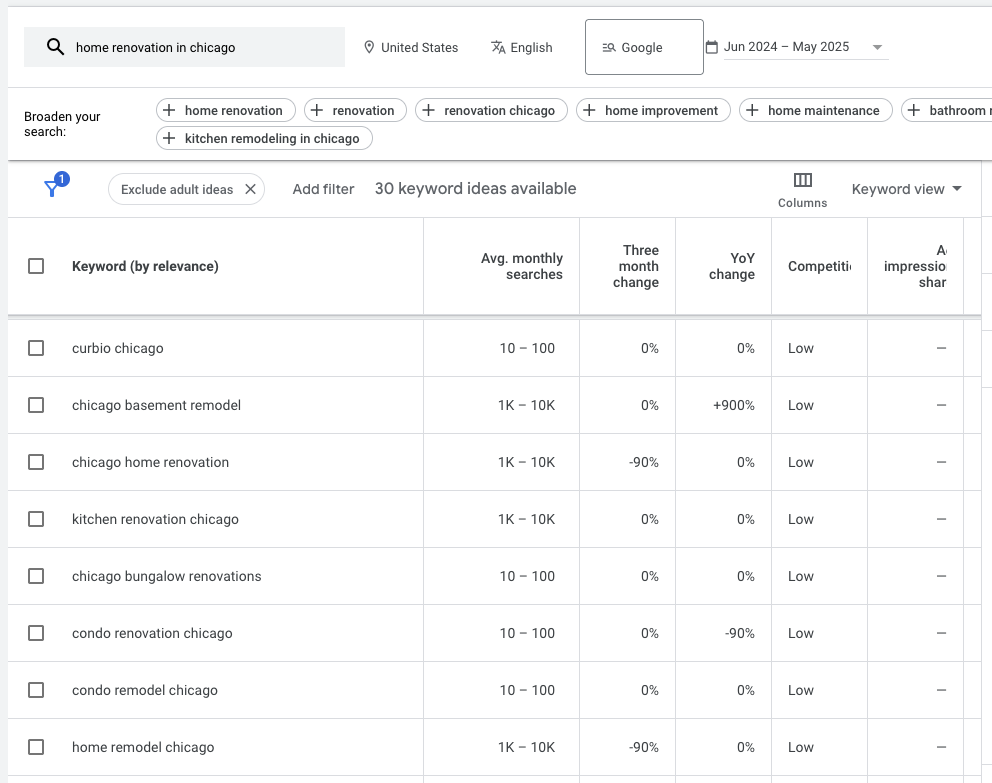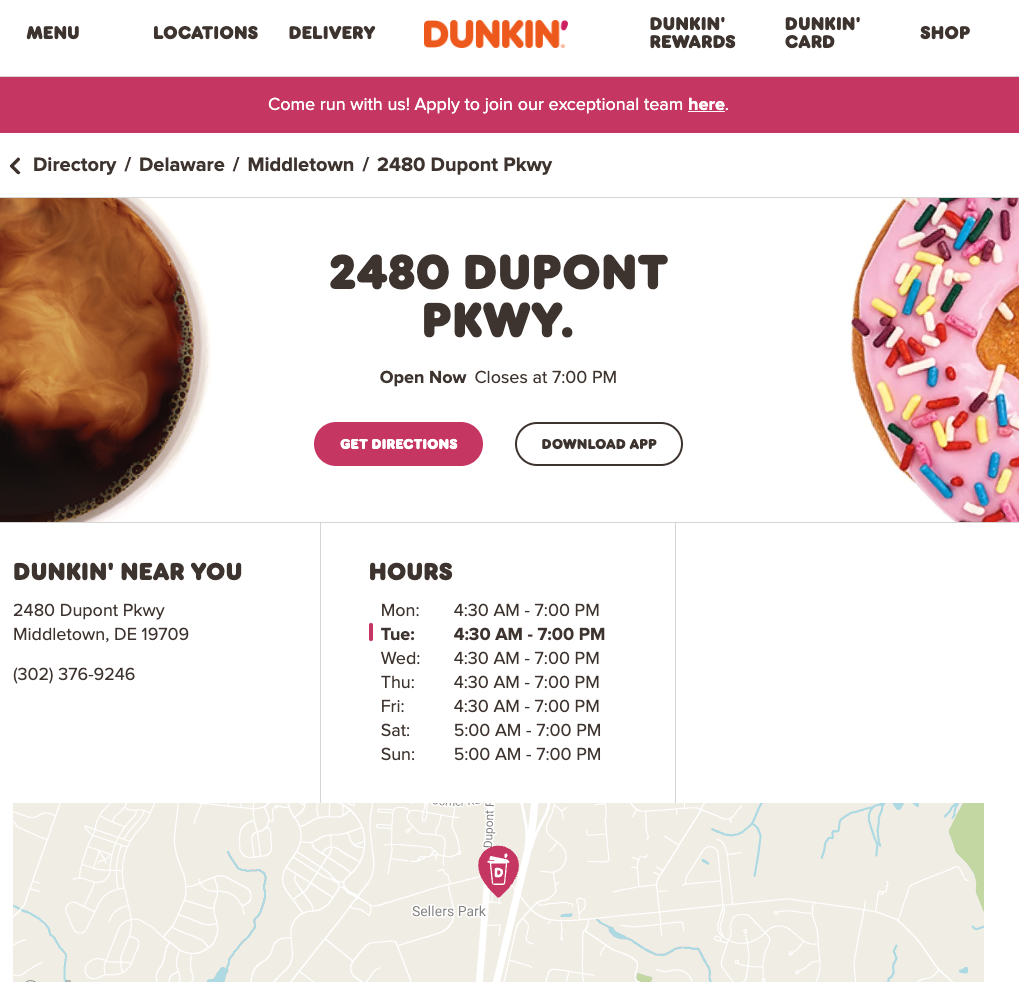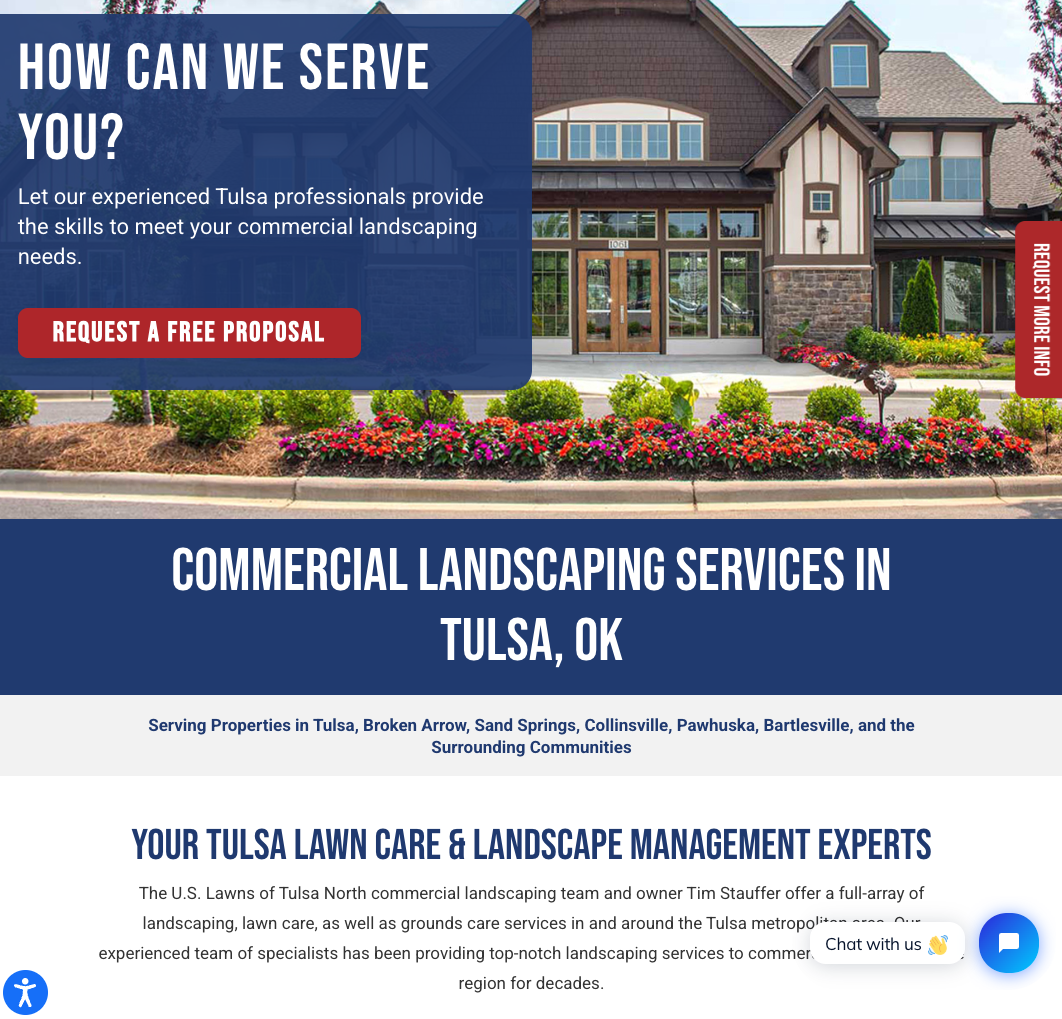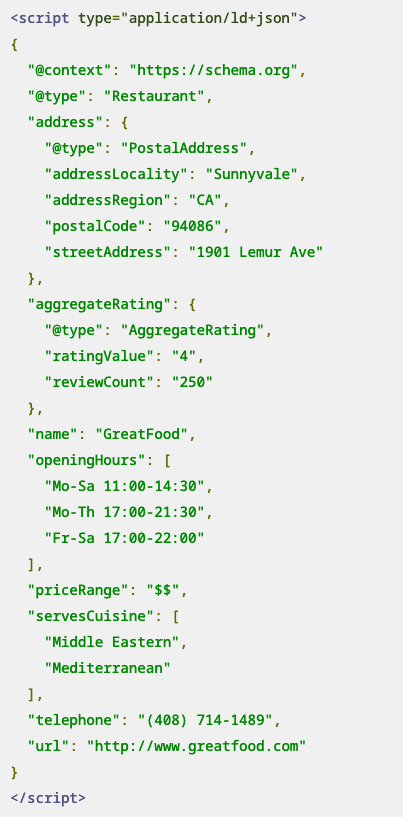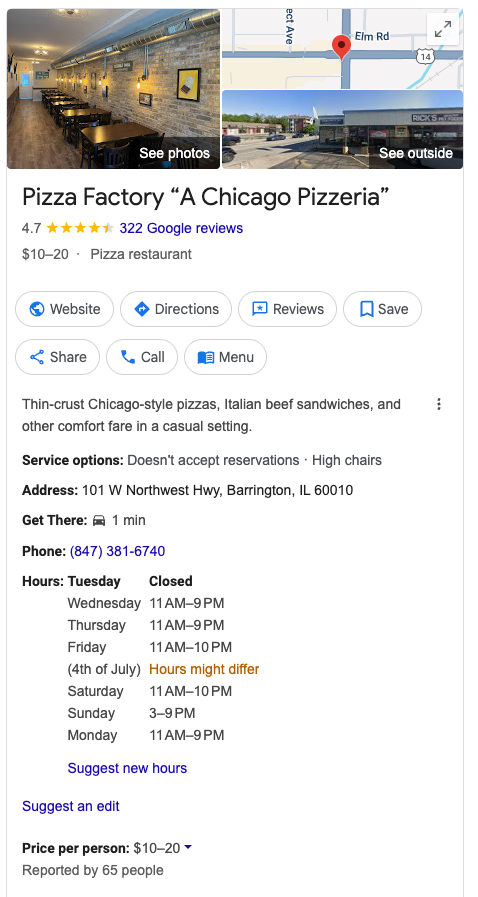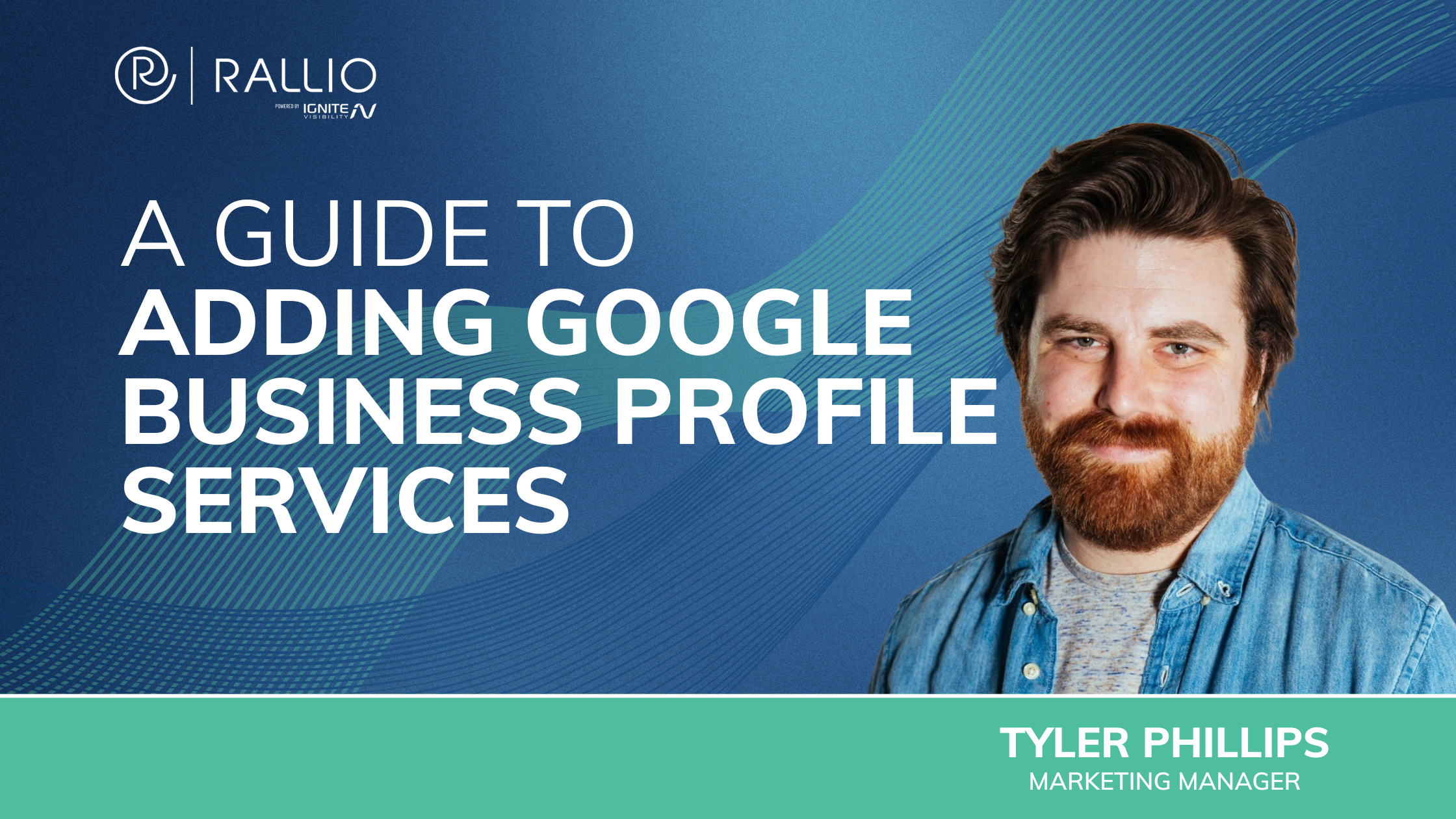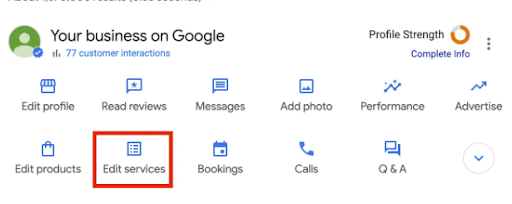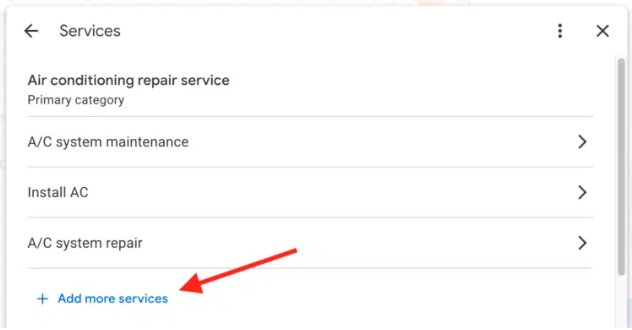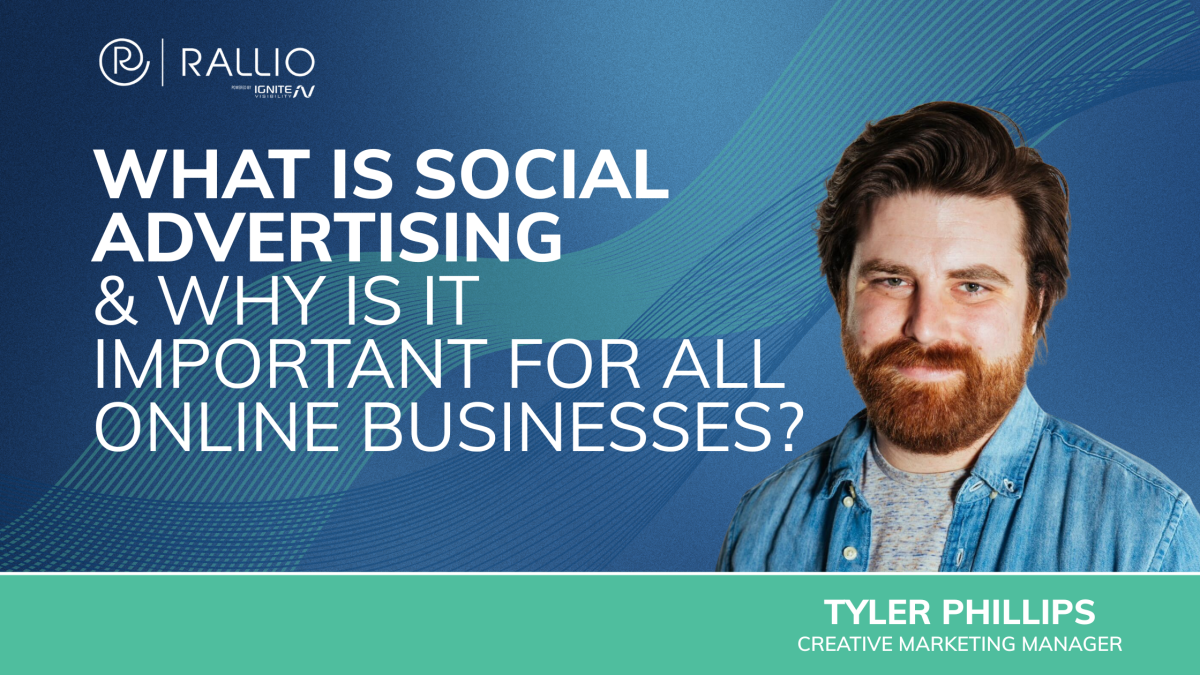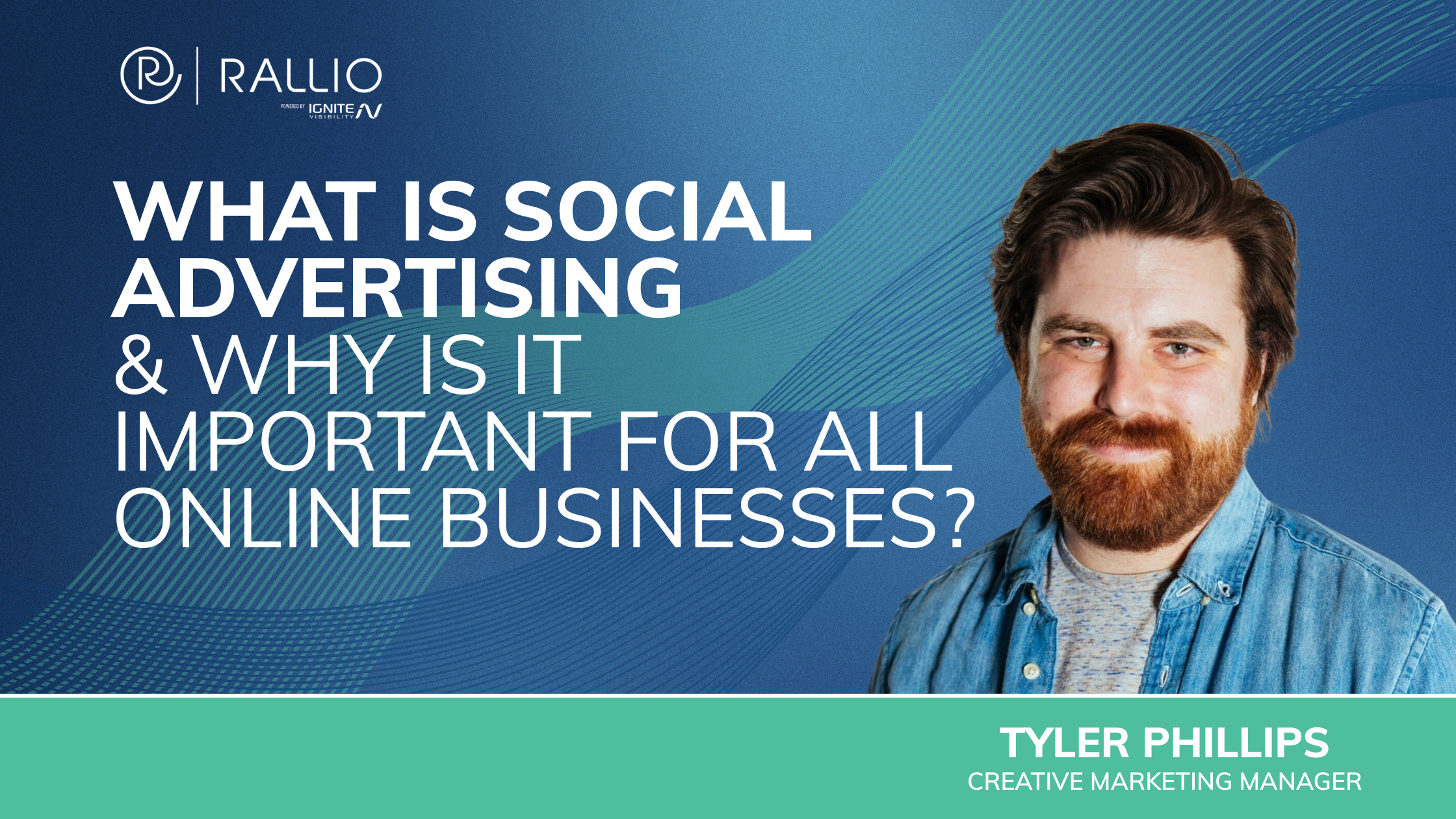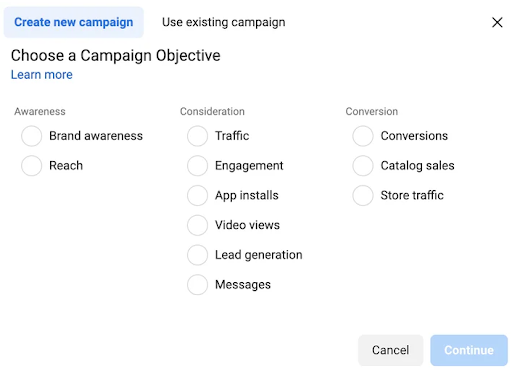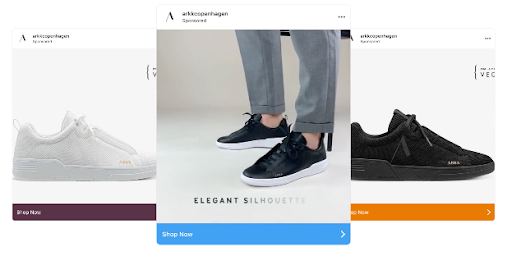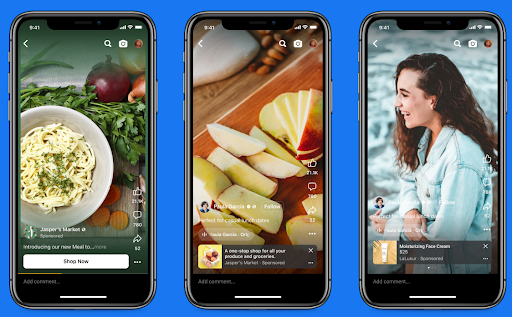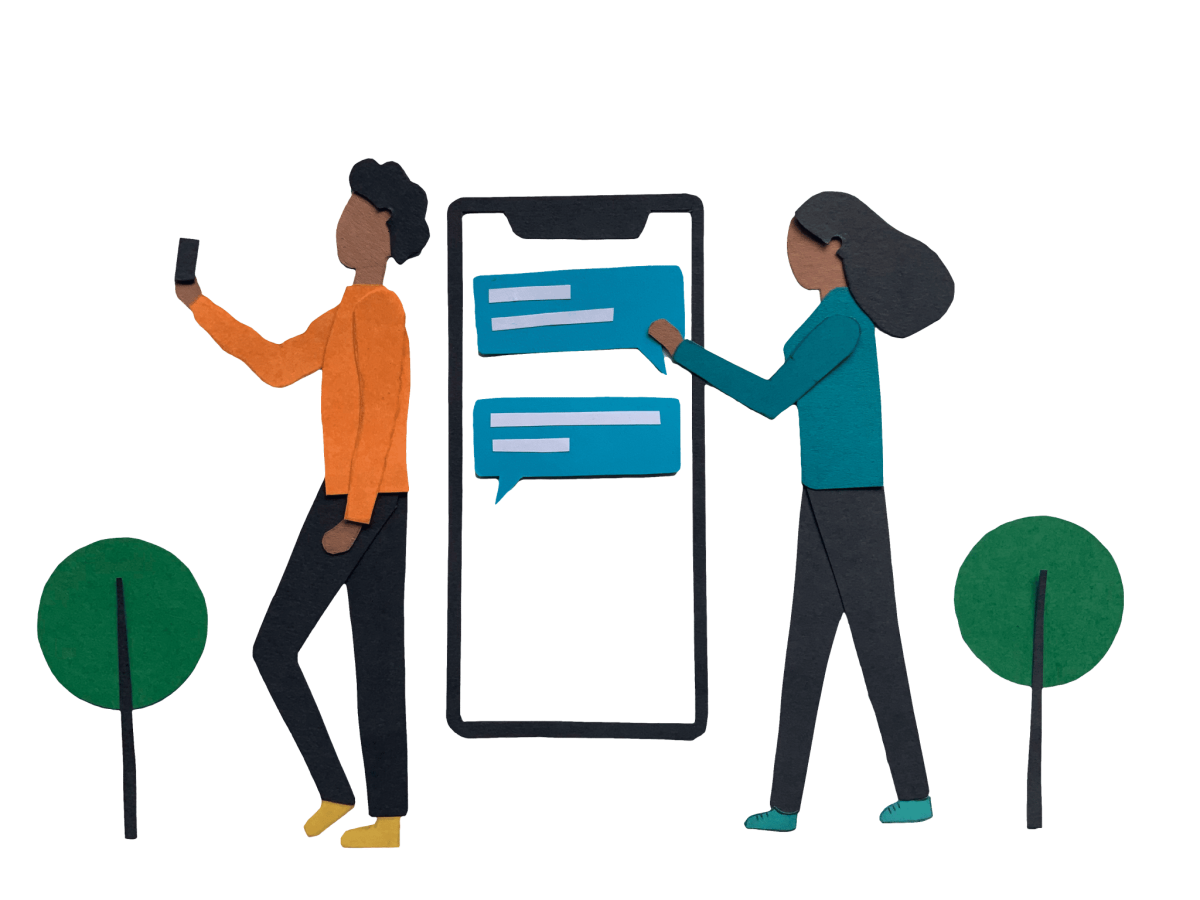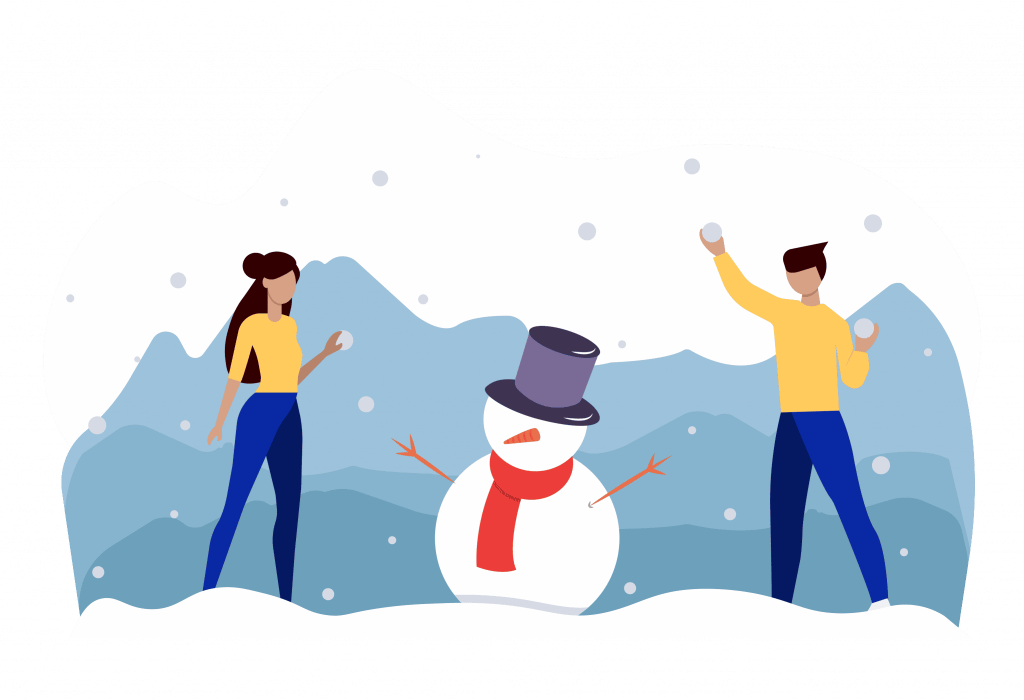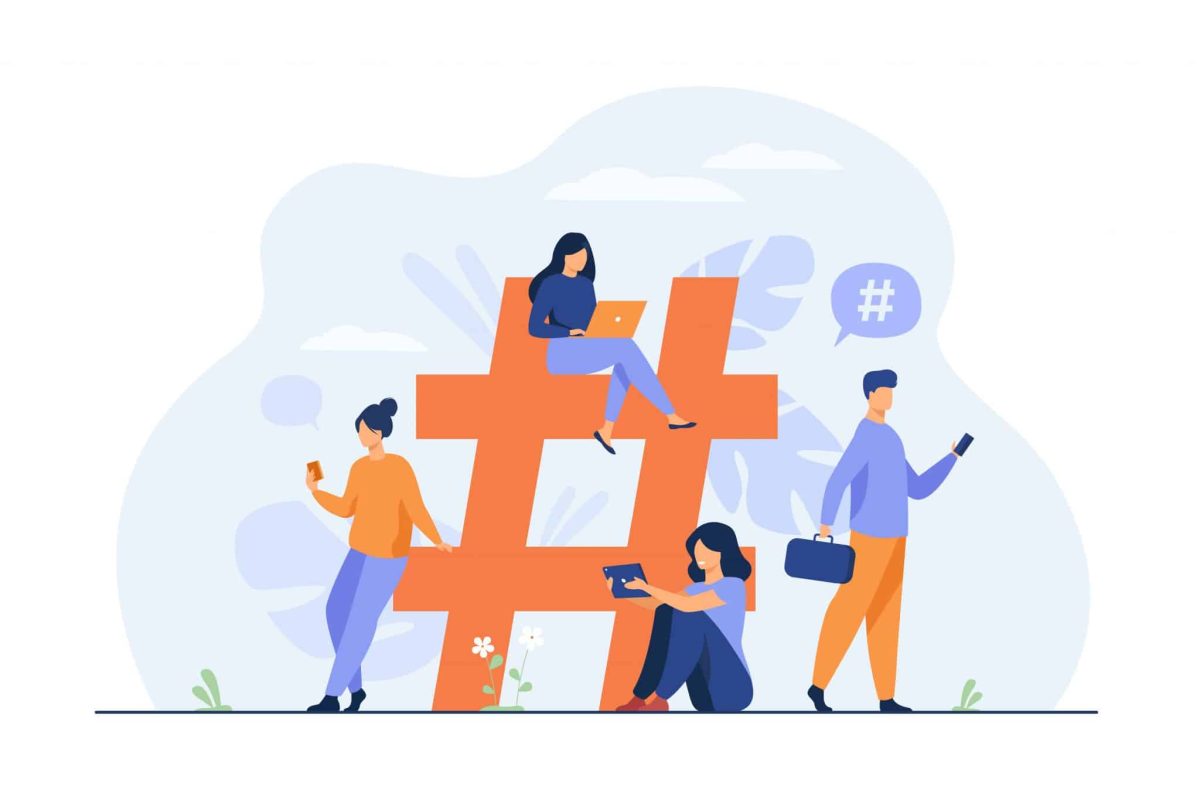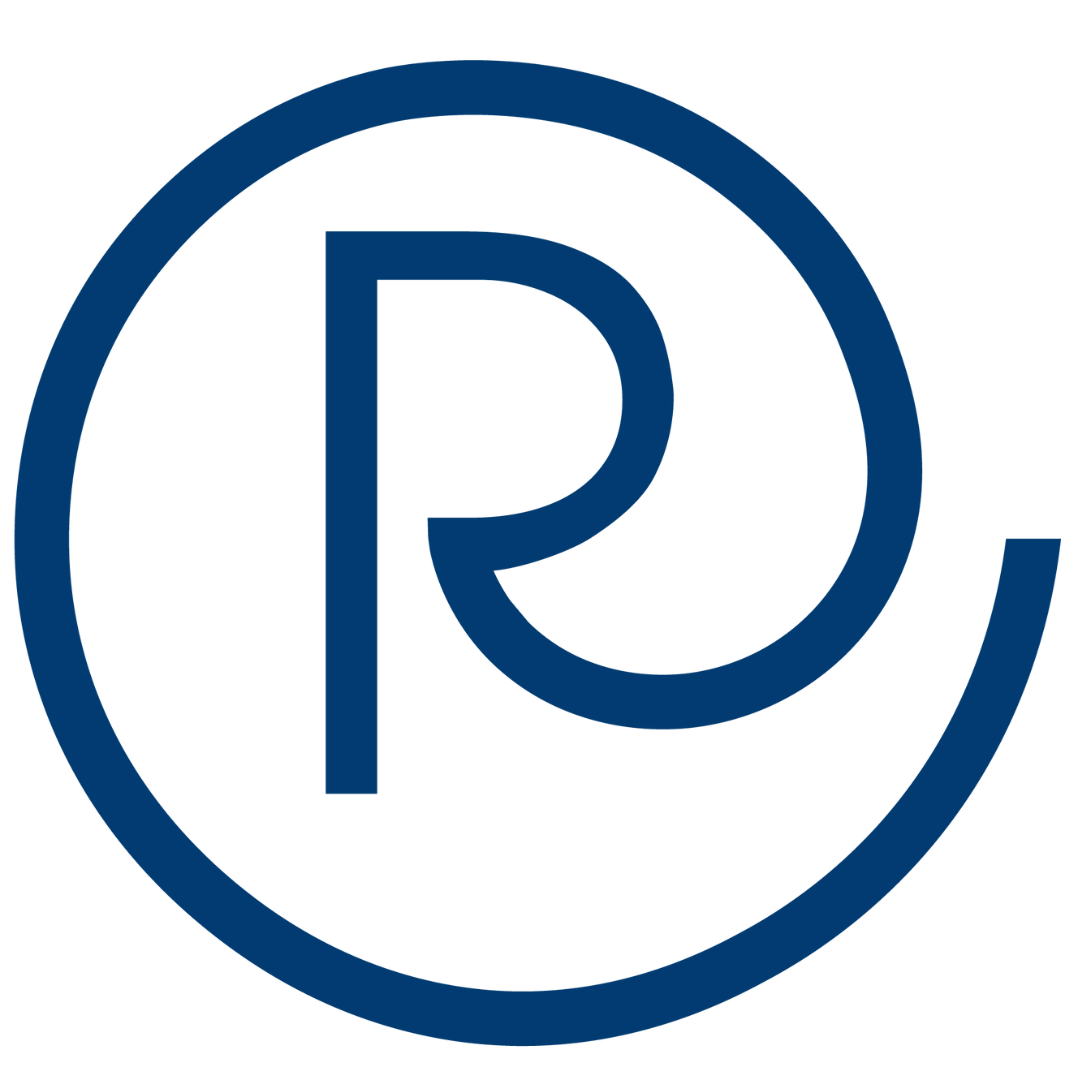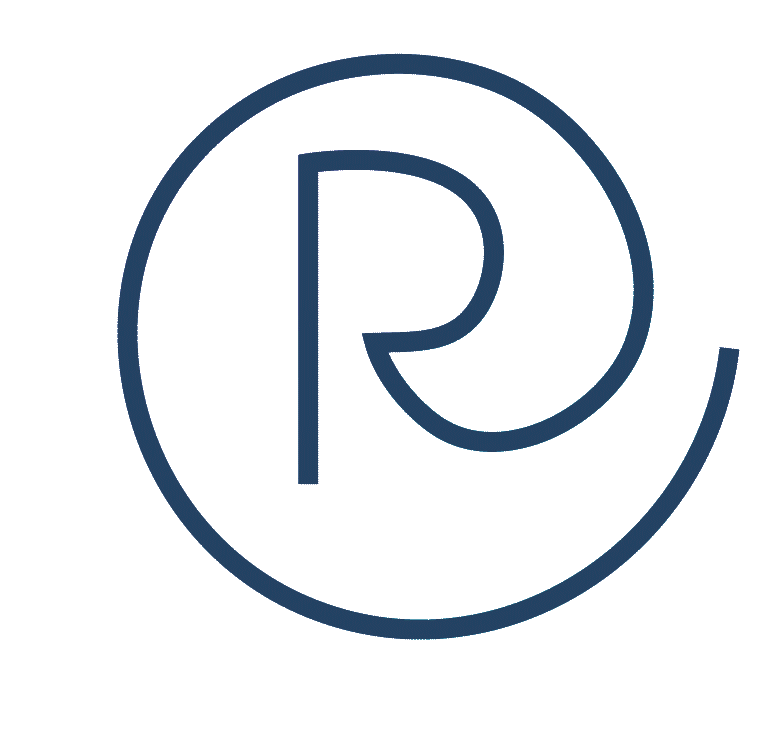
Social media feel like shouting into the void recently? Tracking the right social media KPIs helps you understand if your efforts are paying off.
In this blog, Cortney DeGruccio, Senior Account Specialist, will show you exactly which key performance indicators for social media matter most, why they matter, and how to use the data you collect to grow your business.
What You’ll Learn:
- KPIs vs. Metrics
- The KPIs That Matter Most
- How to Track and Analyze KPIs
- Turning Insights into Action
- FAQs About Social Media KPIs
Expert Opinion
Here’s the truth: most businesses track too many numbers and not enough of the right ones.
Social KPIs aren’t just about vanity metrics like follower counts. They’re about understanding what drives real business results. When you focus on the KPIs for social media that align with your goals, everything becomes clearer.
The best social media strategies are aligned with the business goals. What do you want out of your social media? Is it more website traffic? Better customer service? Increased brand awareness? Once you decide on your goals, you can use your KPIs as a roadmap to achieve them.
Think of social media KPIs as your business health check. They tell you what’s working, what’s not, and where to focus your energy next.
KPIs vs. Metrics
Many people use the terms KPIs and metrics as though they mean the same thing. They don’t.
A metric is any data point you can measure. It’s a number. Metrics include things like total likes, follower count, or post reach.
A KPI is a metric that matters to your business goals. It’s a number with purpose. Not every metric deserves to be a KPI.
Map Your KPIs to Your Business Goals
Random numbers won’t grow your business, but strategic numbers will.
The social media KPIs you choose to track should connect directly to what you’re trying to achieve. If your goal is brand awareness, track reach and impressions. If you want leads, focus on conversion rate and click-through rate.
With aligned social media KPIs, your team stays focused on what matters. It prevents wasted effort on things that don’t matter and gives you viewable insights into what is working. Instead of “We got 500 likes,” it would be “We generated 47 qualified leads and reduced customer service response time by 30%.” Seeing how you moved the needle forward is much more encouraging, right?
The Role of Benchmarks, Context, and Growth Stage
Keeping track of business and industry benchmarks will help stop you from fixating on meaningless numbers.
Always compare your performance to your own past results. Track month-over-month and year-over-year growth. This shows your trajectory.
Industry benchmarks matter too. They help you understand where you stand against competitors. But don’t obsess over them. Your business is unique.
Your growth stage also changes what matters. A startup needs awareness. An established brand might prioritize customer retention. Adjust your social KPIs’ focus as you evolve.
The KPIs That Matter Most
What are key performance indicators for social media? Let’s take a look at some of the most important ones.
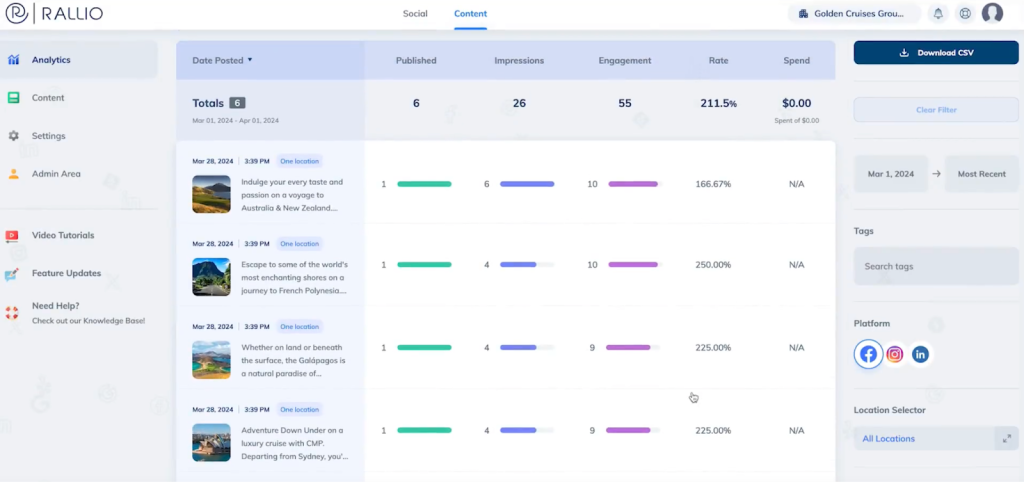
Awareness & Reach
These metrics are the foundation of everything else. They include things like:
- Impressions – Impressions count every time your content appears on someone’s screen. High impressions mean your content is getting distributed widely. Low impressions suggest you need to post at better times or improve your content strategy.
- Reach – Reach counts actual people, not views. Reach matters because it shows your true audience size. Growing reach means you’re expanding your influence.
- Follower Growth Rate – Use this formula to calculate this KPI: (New followers this month ÷ Total followers at start of month) × 100. A healthy growth rate indicates that your brand is consistently attracting new audiences. Stagnant growth means your content isn’t compelling enough to earn followers.
- Share of Voice – This KPI measures how often your brand is mentioned compared to competitors. It’s an indicator of your market position. The more people talk about you, the more relevant you’re becoming.
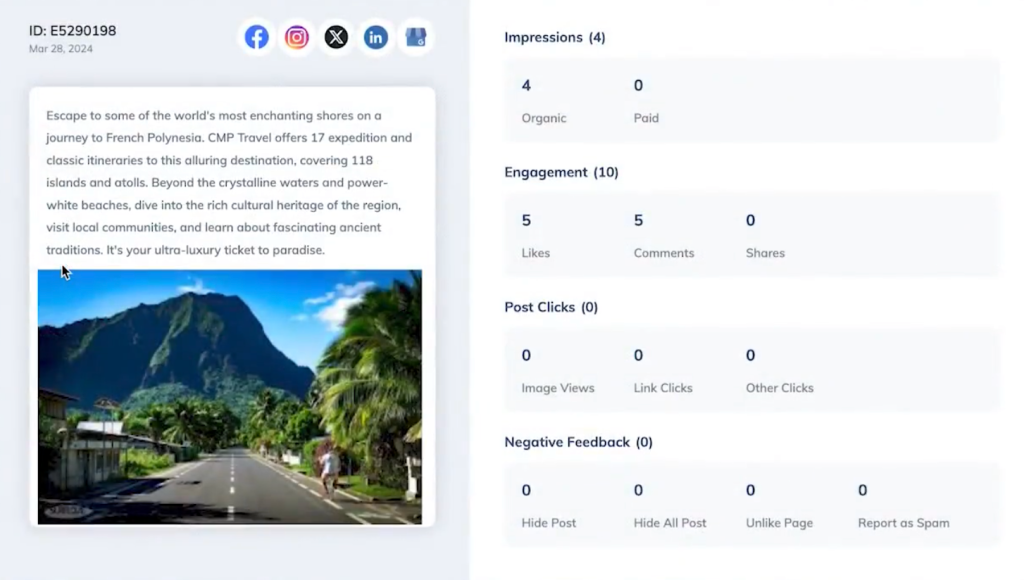
Enagagement & Community
Engagement metrics show if people care about what you’re sharing. This is often more valuable than awareness or reach.
- Engagement Rate – This is the gold standard social KPI. It shows what percentage of people who see your content actually interact with it. Total engagements include likes, comments, shares, saves, and clicks. Divide that by total impressions, multiply by 100, and you have your engagement rate.
- Comments – This KPI shows quality conversations and feedback from your audience. This shows you that your audience is invested and interested.
- Shares / Reposts – When someone shares your content, they’re endorsing you to their network. That’s powerful.
- Saves – Saves are the most underrated engagement metric. When someone saves your post, they’re saying, “I want to come back to this.” It shows that your content is highly valued and relevant.

Traffic & Conversions
Social media should drive business results. These KPIs prove it’s working.
- Click-Through Rate (CTR) – CTR measures the percentage of people who click your links. Calculate it with this formula: (Total clicks ÷ Total impressions) × 100.
- Conversion Rate – This KPI is the percentage of social visitors who take desired actions. Use this formula to calculate it: (Conversions from social ÷ Total social media traffic) × 100.
- Cost Per Click (CPC) – If you’re running paid social ads, CPC tells you how much each click costs. Lower is better.
- Leads Generated – This shows the number of contacts or inquiries sourced from social. Don’t forget to track lead quality, not just quantity. Ten qualified leads beat 100 people who are just looking.
Customer Care & Retention
Social media is a customer service channel. These KPIs measure how well you’re supporting your community.
- Response Time – Speed matters in customer service. Track your average response time to messages and comments. Aim for under one hour during business hours. Under 15 minutes is excellent. Rallio can help you monitor and respond across multiple channels from a single dashboard, keeping your team more efficient.
- Resolution Rate – Getting back to people quickly is a good thing. Actually solving their problems is better. Resolution rate measures the percentage of customer service interactions that end successfully. A high resolution rate means happy customers. A low rate suggests training or process improvements are needed.
- Customer Sentiment – This KPI is the ratio of positive vs negative mentions or comments. A healthy brand sees mostly positive sentiment with occasional negative feedback.
- Customer Retention / Loyalty Rate – This social media KPI shows how well your social media strategy helps retain repeat customers. Track how many customers who engage with you on social media make repeat purchases. Compare retention rates for social-engaged customers versus non-engaged customers. This key performance indicator social media metric proves long-term value. It shows that social media isn’t just for awareness. It also builds lasting relationships.
How to Track and Analyze KPIs
Having the right KPIs means nothing if you can’t track them effectively.
Combine Native Analytics With a Unified Dashboard Like Rallio
Each social platform offers native analytics. Facebook, Instagram, X, LinkedIn, and TikTok all provide valuable data within their platforms. While this is helpful, jumping between platforms takes a lot of time.
A unified dashboard like Rallio brings all your social KPIs together in one place. In just one glance, you can spot trends and identify problems much faster.
Use UTM Tags For Conversions and Traffic Attribution
UTM parameters are tiny pieces of code added to your URLs. They tell Google Analytics exactly where traffic comes from.
When you use different UTM tags for each social platform and campaign, you can track which social media sources drive the most valuable traffic and conversions.
Without UTM tracking, all social traffic looks the same in analytics. But with them, you can see which platform is delivering the highest ROI. This information helps you improve your budget allocation and make smarter strategy decisions.
Use AI Tools to Streamline Your Process
Modern AI tools, like Rallio’s AI Assistant, can analyze your KPI data faster than any human. As it reviews your social media performance, it highlights what matters and detects emerging trends before they’re obvious.
Maybe engagement is dropping on Thursdays. Or video content is suddenly outperforming images. Or a specific topic is driving unusual traffic. Knowing these insights quickly will help you spot opportunities and problems before your competitors do.
Turning Insights into Action
Data without action is just noise. Here’s how to use your KPIs to improve results.
Identify Which KPIs Need Improvement
Review your KPIs regularly. Which ones are below target? Which ones are declining?
Each weak KPI suggests a specific fix. Low engagement rate? Test new content formats. Poor conversion rate? Improve your landing pages or offers. Slow response time? Adjust staffing or use automation tools.
Don’t try to fix everything at once. Pick one or two KPIs for social media to improve each quarter.
As your business evolves, your goals change. Your social media KPI focus should change, too.
Quarterly reviews keep your measurement strategy aligned with your business strategy. They prevent you from optimizing for yesterday’s goals.
FAQs About Social Media KPIs
1. What’s the difference between a social media KPI and a metric?
A metric is any measurable data point from your social media activity. A KPI is a metric that connects directly to your business goals. Every KPI is a metric, but not every metric deserves to be a KPI. Focus on the numbers that actually matter to your business success.
2. How Many KPIs should I track?
Track between 5 and 10 KPIs for social media. More than that becomes overwhelming and dilutes your focus. Choose KPIs that cover different aspects of performance: awareness, engagement, conversions, and customer service. Quality beats quantity when it comes to measurement.
3. How often should I review my KPIs?
Check your KPI social media marketing dashboard weekly to spot immediate issues or opportunities. Conduct deeper monthly reviews to identify trends. Perform comprehensive quarterly analyses to assess strategy effectiveness and adjust goals. Daily monitoring usually creates more anxiety than value.
4. What KPIs matter most for ROI?
For return on investment, prioritize conversion rate, leads generated, cost per click, and customer acquisition cost from social. Also track customer lifetime value for social-acquired customers. These key performance indicators social media metrics directly connect to revenue and profitability, making ROI calculation possible.
Take Control of Your Social Media KPIs with Rallio
Understanding social media KPIs transforms guesswork into successful strategies. When you track the right ones, you’ll gain valuable insights into what is working for your business and what isn’t.
With Rallio, that transformation is easier than ever! Our comprehensive analytics platform brings all your social KPIs into a single powerful dashboard. Our AI-powered insights help you understand your data faster and make smarter decisions.
Are you ready to streamline your social media marketing? Schedule a free demo to see how your business can benefit from Rallio today!

Cortney is a Senior Account Specialist at Rallio and has spent the past two years helping multi-location brands level up their social media, reputation, and local engagement strategies. She’s all about making marketing feel simple, creative, and actually enjoyable for the clients she works with.She graduated from Cal State Fullerton with a bachelor’s in Communications and has been obsessed with all things digital and social ever since. Born and raised in Orange County, Cortney brings a laid-back, people-first style to her work and loves building real relationships with the teams she supports.


